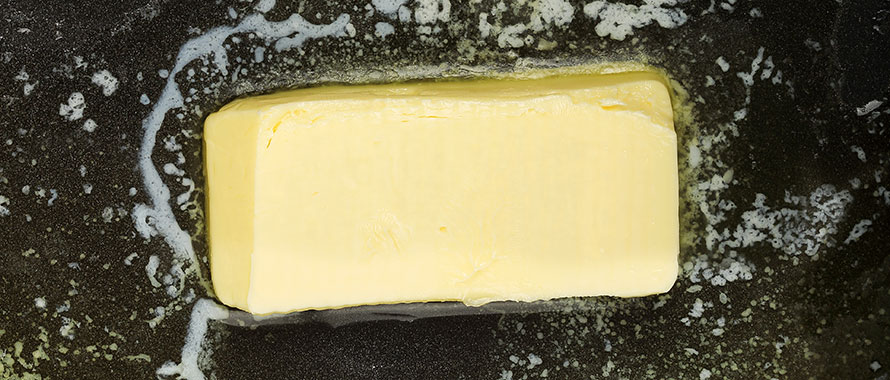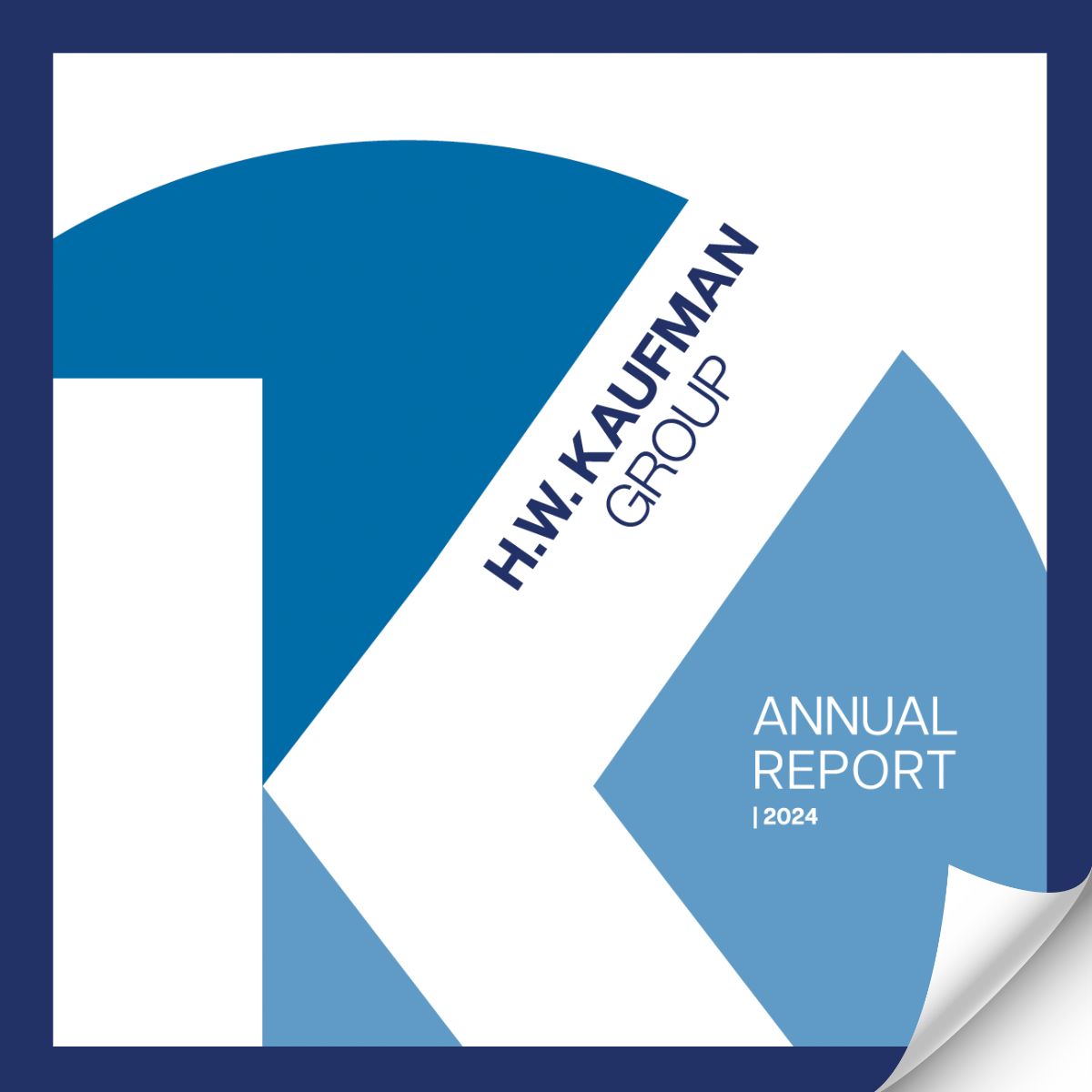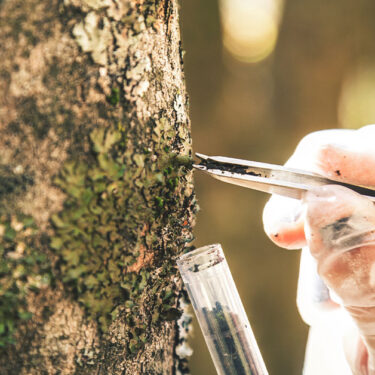A fire broke out in the butter storage room of a dairy plant in Portage, Wisconsin, on Jan. 2, spreading melted butter throughout the facility and into a nearby historic canal. Crews responding to the buttery incident at the Associated Milk Producers plant deployed the same materials used in oil spills to clean up the mess, USA Today reported on Jan. 8.
Featured Solutions
“They liken the impact of the butter to petroleum products,” said Karim Jaroudi, Manager, Environmental, Burns & Wilcox, Toronto, Ontario. “The odor is considered a pollution event, and there could be damage to plants and animals. Anything that enters the environment that is not indigenous to it is going to be considered a pollutant and has to be remediated. When a contaminant enters a waterway, that is an even-worse-case scenario.”
While the spill was 99% contained on site, it is the sort of accident that on a larger scale could lead to thousands or even millions of dollars in loss for the company responsible, said Timothy Donnellon, Senior Broker, Environmental, Burns & Wilcox, Charleston, South Carolina. These costs can be covered by Pollution Legal Liability Insurance, but many food companies do not purchase it.
“Companies like that tend to not buy it because they do not believe they have a pollution exposure as a food business,” Donnellon said. “If their product is in the wrong place, though, it becomes a contaminant.”
From butter to wine, food spills an underestimated risk
Another “butter fire” in Wisconsin took place in May of 1991 at Central Storage & Warehouse Company in Madison, where 50 million pounds of food was melted and firefighters had to wade through 2 to 3 feet of butter, according to news outlet WMTV. Officials rushed to contain the butter as it spread from the building, the Associated Press reported at the time. A small amount reached a nearby creek, but environmental effects were reportedly kept to a minimum.

Whether it is orange juice, wine, or milk, these stories have been going around the industry as a cautionary tale to clients to not assume that something is no big deal because it is food.
The potential environmental impact of a food spill tends to catch individuals off-guard, Donnellon said. Headline-making incidents in recent years include a winery accident in early 2020 involving 97,000 gallons of cabernet sauvignon and a summer 2022 highway spill of 15,000 pounds of hot dog filler. “Food is the thing that they are always surprised about,” because it is not often thought of as hazardous, he said.
Especially in large volumes, even innocuous-seeming products can be pollutants, Jaroudi said. “Whether it is orange juice, wine, or milk, these stories have been going around the industry as a cautionary tale to clients to not assume that something is no big deal because it is food,” he said.
When a pollution event is caused by a fire, losses related to the blaze can be covered by a company’s Commercial Property Insurance or Commercial General Liability (CGL) Insurance, but these policies typically would not pay for environmental damage expenses or may only include a small sublimit for pollution. By purchasing Pollution Legal Liability Insurance, companies can obtain coverage for remediation, third-party bodily injury and property damage, natural resource damage, regulatory fines and penalties, legal defense and other expenses.
“A fire is a covered cause of loss under a property policy, but the pollutant cleanup limit could be $20,000 or less, whereas typical limits with Pollution Legal Liability Insurance would be $1 million,” Donnellon said.
Remediation alone can be extremely costly, especially in waterways. “If a significant amount of a contaminant were to settle on the bottom, to be able to clean and dredge waterways is a very expensive endeavor,” Jaroudi pointed out. “One thing you will also be concerned with right away is natural resource damage, which could be aquatic population impact or affected vegetative environments.”
Natural resource damage can be ‘extremely expensive’
Pollution Legal Liability Insurance policies generally define natural resource damage as the physical injury or destruction of land, fish or wildlife, Jaroudi said. Potential covered expenses under the policy could range from the assessment of any damage to replacing a waterway’s fish stock. In February of 2022, an Indiana steel company was ordered to pay $3 million in a settlement with environmental groups after its 2019 cyanide spill into a river killed almost 3,000 fish, closed beaches and shut down a water facility, the Indianapolis Star reported.
“Natural resources damage is a pretty important coverage aspect,” Jaroudi said. “It is a cost that I am not sure most clients have thought about upfront or looked into their risk management strategy for. How would one account for a polar bear being killed, for example? Some recent experience in Canada tells us that besides being sad, it is extremely expensive to replace animals from the ecosystem. Even for a stock of fish, you would be surprised how quickly the costs add up.”
Beyond fires, potential pollutants can be accidentally released from facilities in a number of other ways, including gradual or sudden leaks, breakdown of equipment, or professional errors. In some situations, the release of a pollutant can be linked back to another entity that could ultimately be held responsible for the impact. In the case of the dairy plant fire, “causation is not yet determined,” Donnellon noted.
“If, for instance, a contractor had been hired by the company to repair something or work on the combustion controls and they made a mistake, that would be a pollution condition resulting from their contracting mistake and that is a different coverage — Contractors Pollution Liability Insurance — that they would need to have,” he said. “That is why we always encourage contractors to carry coverage as well.”
Each Pollution Legal Liability Insurance policy may be different, so companies should ask about what is covered on their policy, such as first- and third-party business interruption in the event the release forces the facility or a neighboring business to temporarily shut down.
“Another aspect of the insurance is always the legal costs from defending litigation, which is covered under the policy,” Donnellon said. “It can sometimes even be the only cost because there can be frivolous claims made, but you still have to defend against them.”

Pollution Legal Liability Insurance is not a fringe or niche product. It is a necessity.
Companies should also consider the liability associated with their products while in transport, Jaroudi and Donnellon agreed. In addition to other policies, some companies may need Transportation Pollution Liability Insurance and Non-Owned Disposal Site Insurance.
“If they have waste that needs to be disposed of, that can ultimately turn into another pollution incident if the individual that took the waste was negligent,” Donnellon said. “The way that environmental law works, the liability for that goes to anybody who generated it, as well. Their insurance policy can be enhanced so they have that protection.”
Regulatory fines, other costs on the rise
Any release of a contaminant into a waterway has the potential to turn into a costly claim. As inflation causes price increases across the board, companies have more reason than ever to be concerned about the risk of an environmental incident. “We have seen the combination of property damage and bodily injury claims from releases of substances into waterways end up in the millions of dollars,” Donnellon said. “Contractors’ invoices going up because their energy costs are rising, and the other elements of inflation all affect the dollar amount associated with a claim. Every business owner is thinking about increased costs right now.”
Inflation is “hitting everybody’s pockets — corporations, companies and individuals alike,” Jaroudi added. While this has led some companies to consider cutting back on their insurance coverage, particularly if they do not currently have a contractual requirement to purchase it, “that is not advisable at all, especially in an economic environment where nobody has that extra cash to gamble,” he said.
“We advise clients to safeguard their balance sheets and not have to worry about their liquidity, because it is a time when they have less disposable income because of that inflation,” Jaroudi said. “Governments are increasingly worried about the environment and are likely to be more, not less, heavy-handed when natural resources are damaged as a result of a company’s operations. These are not scare tactics to sell a policy. These concerns are real, and we are seeing the frequency and severity of claims uptick in Canada and in the United States.”
Although pollution releases may not usually be readily on their minds, especially among food companies, “the cost of an incident will be significant, which is why they should not roll the dice,” Jaroudi added. “Pollution Legal Liability Insurance is not a fringe or niche product. It is a necessity.”





